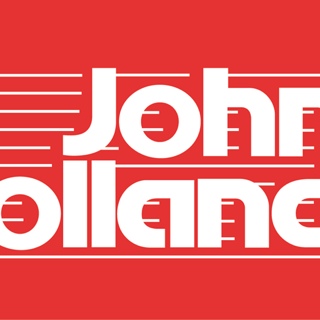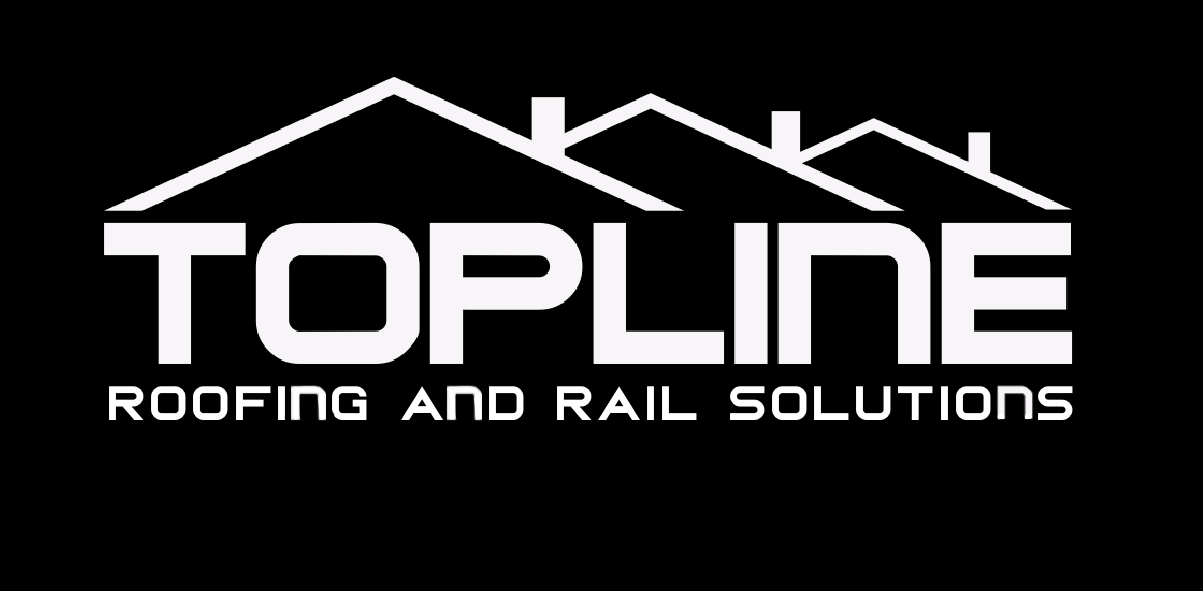Information
-
Document No.
-
Audit Title
-
Client / Site
-
Conducted on
-
Prepared by
-
Location
-
Personnel
1.0 Risk Management
-
1.1 AMS/TRA Number & References:
-
1.2 Review the Workplace Risk Assessment/s (WRA) to ascertain that electrical risks have been identified and listed otherwise is there an electrical risk register?
-
1.3 Was an SME consulted when developing the WRA?
-
1.4 Are electrical risks identified using a consultation process and are these risks covered in the Activity Method Statement?
-
1.5 Is the workplace manager fully conversant with all risks identified in the WRA including how they are controlled?
-
1.6 Was the hierarchy of controls used to develop controls for the identified risks?
-
1.7 Are electrical workers carrying out a Task Risk Assessment on the electrical work prior to commencement of work? (sight examples in the workplace)
2.0 Personnel / Competency
-
2.1 (GMR) All electrical workers are qualified under state or national qualifications frameworks? (check personnel files for copies of qualifications and training matrix)<br>- Competent licensed electrical workers and/or electrical engineers
-
2.2 Others workers have a clear understanding of what constitutes electrical works? (Interview a selection of workers)
-
2.3 Is there evidence that workers have adequate isolation controls in place, to protect them against cables / equipment being energised whilst they are working on them?
-
2.4 The workplace manager has appointed the person-in-control-electrical and that person is the most senior electrical person on site (or by default the workplace manager)?
3.0 General
-
3.1 (GMR) Has an electrical works management plan been developed for the workplace? (sight and review the EWMP)
-
3.2 Does the EWMP specifically address the prevention of persons being killed or injured by electricity?
-
3.3 Does the EWMP provide a framework for the identification or electrical risks in the workplace?
-
3.4 Are all stakeholders roles and responsibilities clearly defined in the EWMP?
-
3.5 When purchasing electrical equipment - do the specifications identify applicable Australian standards? (sight a purchase order or technical specification)
-
3.6 Is there any evidence that electrical equipment is being modified and used in a way is not in accordance with manufactures specifications?
-
3.7 Is all electrical equipment on site being tested according to the industry type (monthly)?
-
3.8 Is a register of all tested electrical equipment? (sight register and backtrack an item in the workplace to the register)
-
3.9 (GMR) Are all fixed low voltage circuits protected by a type 1 or type 2 safety switch and are the RCDs of the correct type for the supply application (inverter/generator)?
-
3.10 Are the safety switches tested and tagged?
-
3.11 Is there a quarantine area allocated for defective electrical equipment (may be shared its other tested equipment such as lifting equipment)?
-
3.12 Are all items in the quarantine area tagged 'out of service'?
-
3.13 Are the flexible electrical leads effectively protected in the workplace by their location or physical guarding?
-
3.14 Are leads maintained off the ground where they cross a walkway or thoroughfare?
-
3.15 Where supported off handrails, are the leads supported in insulated cable supports?
-
3.16 Are there any examples of leads being joined and their length exceeding the requirements of the Australian standards? (refer table in procedure)
-
3.17 Are flexible electrical leads tagged with current tags and can they be traced back to the test register? (trace a sample lead to the register)
-
3.18 Are portable RCDs plugged directly into general purpose outlets? (not at the socket end of the extension cord sets)
-
3.19 Are RCDs tagged with current tags and can they be traced to the test register? (trace a sample back to the register)
-
3.20 Test result information is available on the register on the register for RCDs? (trip current and trip time)
-
3.21 (GMR) Hazard reducing devices (HRD) such as Voltage Reduction Devices (VRD) are fitted to all welding machines where there is a higher risk of electrical shock (damp/humid conditions and risk of contact with the work piece or electrode)?
-
3.22 (GMR) Has a permit to work been raised for the work on electrical systems, installations and equipment?
-
3.23 (GMR) Sources of induced current must be identified and assessed with appropriate controls implemented?
-
3.24 (GMR) All exposed electrical parts and conductors, including earthing conductors must be treated as 'live' until proven otherwise?
-
3.25 (GMR) All electrical installations and portable electrical equipment must be installed, tested and inspected in accordance with Australian standards?
-
3.26 (GMR) Electrical supply panels must be fixed and secured to prevent unauthorised access?
-
3.27 (GMR) Work on live electrical systems must only be undertaken by competent and authorised persons when deemed necessary for purposes of fault finding, testing/commissioning work or where the electrical supply cannot be interrupted?
4.0 Corrective Action/s
-
Are there any corrective actions required to be raised as a result of this system assessment?
5.0 Sign Off
-
Person Conducting the System Assessement











